They are already flying, some are already for sale and others have been sold or ordered by the first customers.
They’re all completely electric. Indeed, electric motors can provide the same power of a combustion engine in with a much smaller size and weight. Moreover, they are ecological and silent.
The short range provided by the batteries is still a problem, but every year remarkable progress is being made.
Hoverbike de Hoversurf, the Chopper Copter
It looks like a cross between a motorcycle and a drone. It has been purchased by the Dubai police. You can order one now to have it delivered in six months.
This electric-powered Ultralight flies at more than 65 km/h, with a range of more than 20 km. A carbon-fiber frame supports its four propellers. A computer helps provide stability during takeoff and landing. After 25 minutes flights you need two and a half hours to recharge the batteries. It’s price: $150,000.
BlackFly
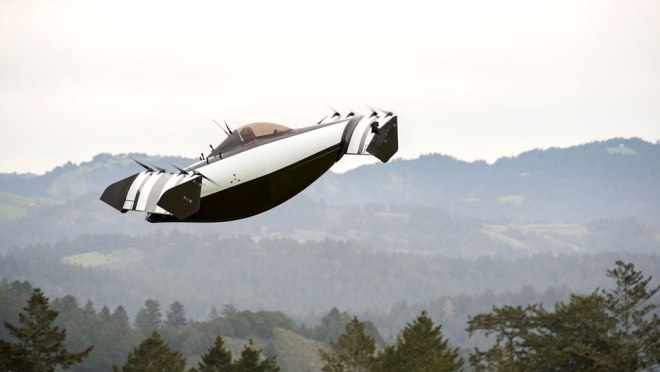
BlackFly is an electric, fixed-wing vertical takeoff and landing vehicle that can carry one person for 40 km on a single charge at speeds as fast as 96 km/h. It’s conceived primarily to take off and land from grassy or flat surfaces, but it’s also (freshwater) amphibious. It can be operated without a pilot’s license. Opener calls it a “personal aerial vehicle,” and it can carry a person as tall as 2 m and as heavy as 130 kg.
Volerian
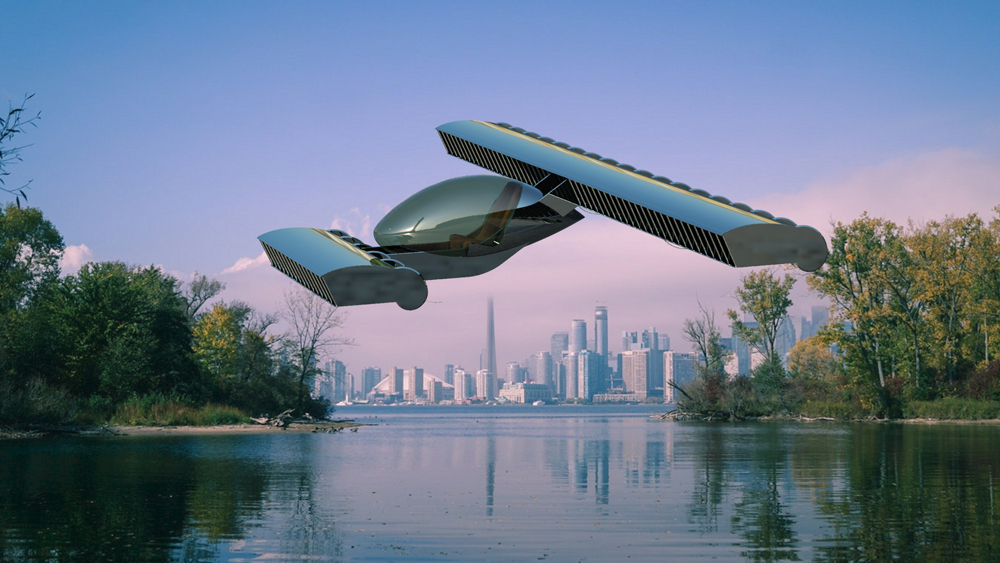
Instead of using large fans or arrays of propellers to provide lift and thrust, the Volerian uses a succession of wing-like flaps set within their own ducts. The flaps oscillate back and forth, driven by a cam system. Like a fish whipping its tail back and forth through water, they create what is known as a reverse Kármán vortex street. Essentially these disruptions in airflow produce swirling vortices that generate thrust. A stator wing positioned farther down the line increases the efficiency of the system even more.
A big advantage of Volerian’s system is that it produces very little noise. And while silent operation is a goal of nearly every VTOL concept, even the quietest fans generate a buzzing noise. Volerian’s flaps, on the other hand, operate much more quietly. Also, the lack of exposed fans or propellers makes it safer and more feasible to operate around people. The hope is that all of this adds up to a true fly- and land-anywhere design.
The aircraft will be completely electric
JETcopter
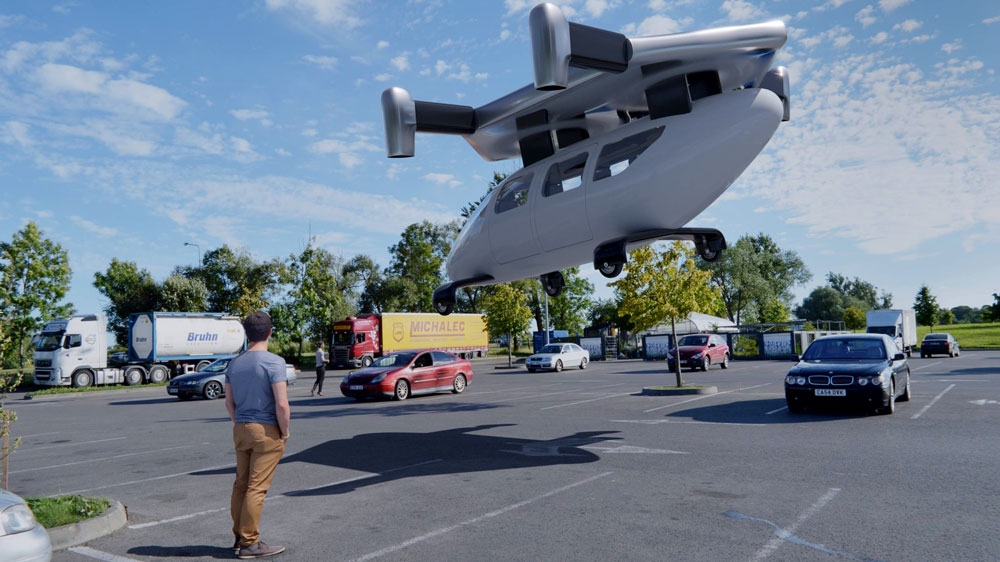
This new VTOL concept is not an original look, reminding a science fiction spaceship. It’s quite unique, granting speeds exceeding 250 km/h and a range of 1.000 km, seating six to eight people. All this seems ambitious, but it’s German manufacturer thinks they can have a working prototype built in two years. Let’s wait and see
The carbon fiber JETcopter should be priced about $350,000.
Since it’s a compact VTOL with no exposed rotor blades, this aircraft could land in a parking lot, making it ideal for travel within or between cities and could serve as an air taxi or corporate transport, as a complement to private jet charter. The propulsion system includes an automatic-leveling control, so the aircraft would be easy to pilot. Also, it could be equipped with one or two airframe parachutes, in order to assure even the most fearful travelers.
Kitty Hawk Cora
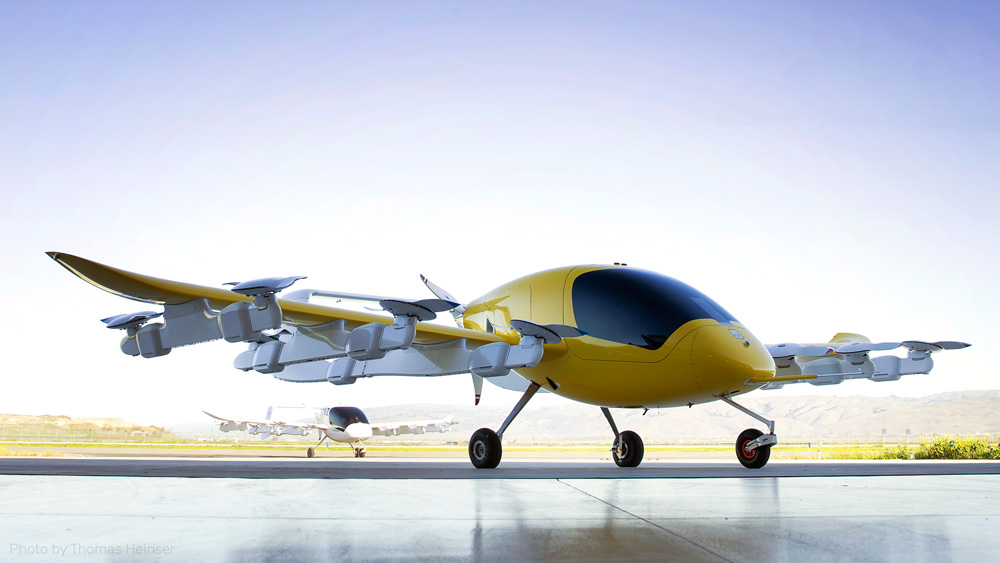
Google cofounder Larry Page funded this flying vehicle. The all-electric, flying vehicle has been developed for eight years, but was only unveiled recently. Cora has got twelve vertically oriented rotors—three on each side of both wings—that enable it to takeoff and land vertically, making it as versatile as a helicopter. After takeoff, a large propeller installed behind the cockpit provides forward thrust. The air taxi will be fully autonomous—making it available to those without pilot’s licenses. but testing of the Cora is already taking place in New Zealand.
Kitty Hawk Flyer
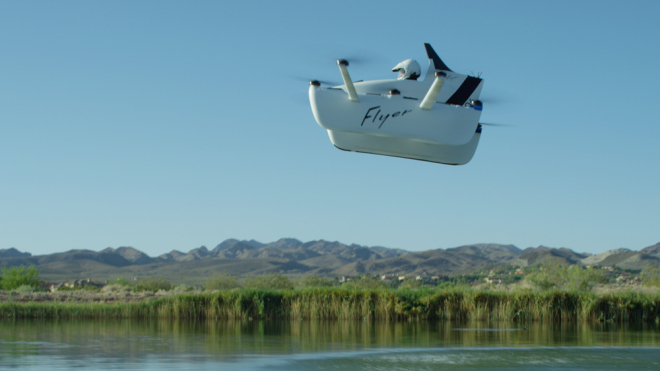
This electric flying vehicle is already for sale. It can fly only on a water surface, either see , lake or river, at the height not exceeding a couple of meters.

